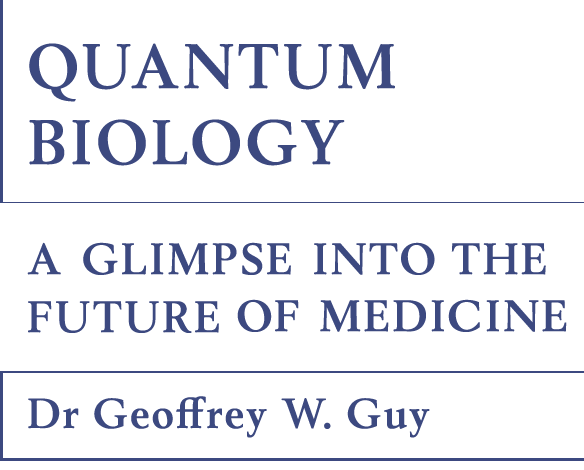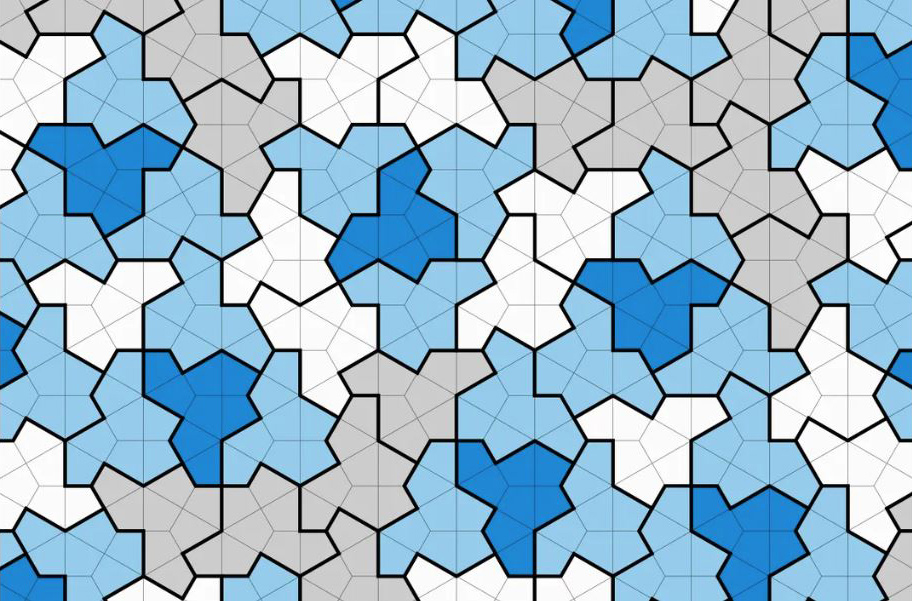
- About Geoffrey Guy
- List of chapters
- 1 Flatworms and xenobots
- 2 Beyond neurons: quantum effects in the brain
- 3 The ghost in the machine
- 4 Inflammation and equilibrium
- 5 The light fantastic
- 6 Lessons from the pandemic
- 7 Reassessing the causes of cancer
- 8 Energy, information and light
- 9 Before the origins of life
- 10 Unravelling the double helix
- 11 The computer in our cells
- 12 Space: the quantum frontier?
- 13 The quantum fractal
- 14 The path to mainstream
- Glossary
- Buy the book



13
The quantum fractal
This page provides online resources relating to Chapter 13 of Quantum Biology: A Glimpse into the Future of Medicine. Read a chapter extract, or scroll down to access figures and terminology, additional resources published by The Guy Foundation, and a list of further reading.
Name of the Chapter
Subheading
… if the blueprint for our shape and form is not all in our genes, where exactly might it be? To answer that question, we will have to look more deeply at the ways in which we produce and manage energy – our energetics. I’m going to invite you to consider the possibility that some or all of the quantum features we have talked about in this book have a major influence on our shape, form and function. We know they exist, and we have some understanding of how they operate. I’m going to ask you to take the next step and see the impact that they have in a new light.
… This is one of the key points I want to make in this book: biological life is really the result of maintaining a number of fundamental quantum principles. If those principles have been in existence all the time and have been conserved all the way through the process of trial -and -error which resulted in life as we know it, then it looks very much as though quantum physics has governed the emergence and evolution of our species.
Buy the book here.
In mathematics, a fractal is a shape that is infinitely complex. But while the pattern repeats forever, every individual part looks similar to the whole image.
The shapes do not have to be identical; the main requirement for being fractal is that they display inherent and repeating similarities.
Mathematical fractals are formed by calculating a simple equation many times over and feeding the answer back to the start. Natural fractals include patterns that branch, such as trees, rivers and blood vessels.
A British engineer, David Smith, has discovered a thirteen-sided geometrical shape that can fill any space without gaps or repetition.

Videos

The Guy Foundation 2024 Autumn Series
Bioelectricity and genetics
Professor Michael Levin, Allen Discovery Center at Tufts University

The Guy Foundation 2021 Spring Series
How do cells generate and respond to electromagnetic fields?
Dr Michal Cifra, Czech Academy of Sciences

The Guy Foundation 2021 Spring Series
The shape of life from the beginning: the role of electromagnetic fields in the prebiotic world
Professor Alistair Nunn, The Guy Foundation and University of Westminster

The Guy Foundation 2020 Spring Series
Fundamentals of Energy Harvesting by Living Organisms
Professor Wayne Frasch, Arizona State University
Also visit The Guy Foundation YouTube Channel Mitochondria Playlist
See the Playlist.
Travis J. A. Craddock, Philip Kurian, Jack A. Tuszynski and Stuart R. Hameroff, ‘Quantum processes in neurophotonics and the origin of the brain’s spatiotemporal hierarchy’, Neurophotonics and Biomedical Spectroscopy (2019), doi.org/10.1016/B978-0-323-48067-3.00009-3
Philip Kurian, ‘From micro to macro: a relativistic treatment of the chiral energy shifts caused by static electromagnetic effects on free electrons’, Entropy 24:3 (2022), doi.org/10.3390/e24030358
David Smith, Joseph Samuel Myers, Craig S. Kaplan and Chaim Goodman-Strauss, ‘An aperiodic monotile’, arXiv math (2023), doi.org/10.48550/arXiv.2303.10798
Shoichi Toyabe, Takahiro Sagawa, Masahito Ueda, Eiro Muneyuki and Masaki Sano, ‘Experimental demonstration of information-to-energy conversion and validation of the generalized Jarzynski equality’, Nature Physics 6 (2010), doi.org/10.1038/nphys1821
